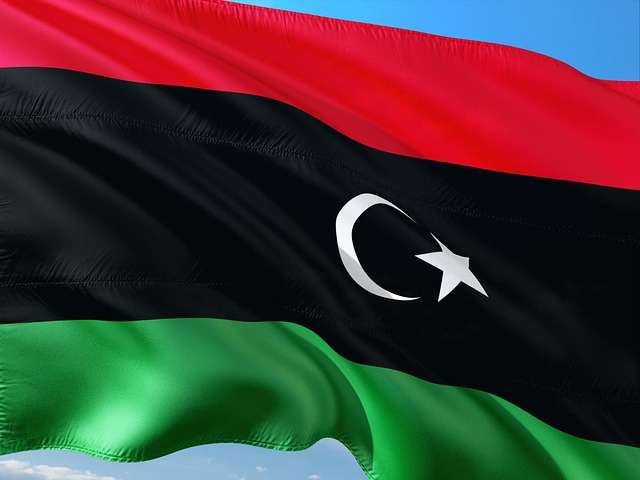Libya has officially devalued its national currency, the dinar, for the first time since 2020, lowering the exchange rate to 5.5677 dinars per U.S. dollar from the previous 4.48. This decision represents a 13.3% adjustment and is aimed at addressing the widening gap between the official and parallel market exchange rates, where the dinar trades at around 7.20 per dollar.
The move comes amid efforts to restore financial stability following years of internal political division. A recent agreement between rival legislative bodies in the east and west, including the appointment of a new central bank governor, paved the way for economic reforms such as this devaluation. As part of the new monetary measures, the tax on foreign currency purchases was also reduced from 20% to 15% to facilitate easier access to hard currency for individuals and businesses.
Libya’s dual government system had previously created a deadlock over central bank management, which hindered oil output and complicated the implementation of cohesive financial policies. Despite the recent breakthrough, challenges remain. In 2024 alone, both governments collectively spent 224 billion dinars, including 42 billion dinars on crude-for-fuel swaps. The country’s public debt currently stands at 270 billion dinars and is projected to exceed 330 billion by the end of 2025 if no unified national budget is introduced.
With mounting financial pressures, calls for a national fiscal plan for 2025 are growing louder. Economic analysts view the devaluation as a necessary, though difficult, step toward addressing long-standing monetary imbalances and improving financial governance across the country.













0 Comments